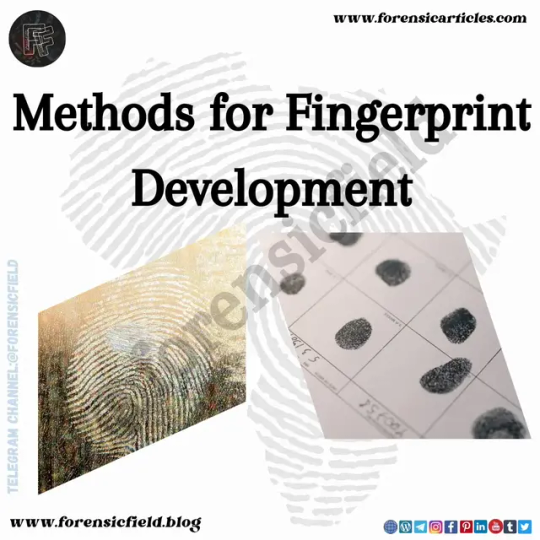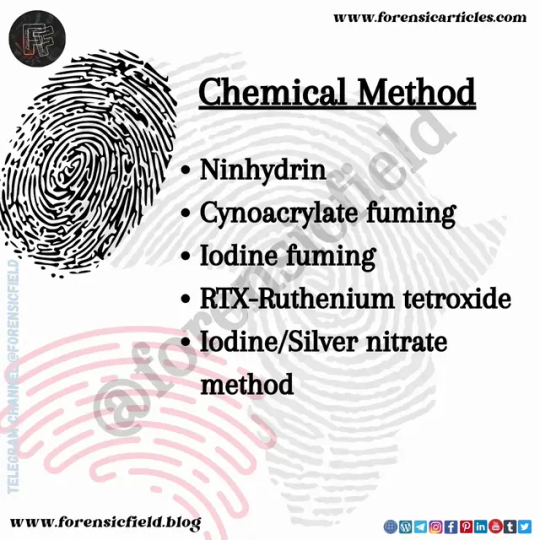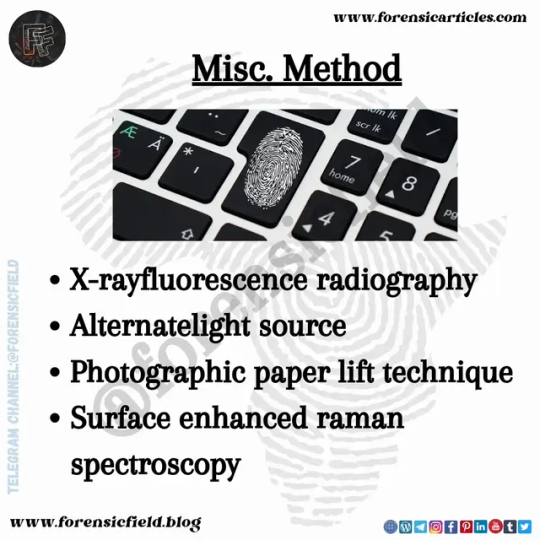#fingerprints
Text

“Like the wind without her whisperings
And the colours wept from all her tapestries
Would be left nothing but sullen imagery
The uncertainty of forgotten things.” ❤️ 🎵
#me#blacktumblr#blackgirlmagic#black tumblr#caribbean#melanin#beauty#tumblrgirl#tattoos#inked women#tattooed beauty#music#hiatus kaiyote#fingerprints#soul music#r&b/soul#selfies#SoundCloud
181 notes
·
View notes
Text
Friday, August 25.
A tribute to the state of Georgia, USA.
Georgia, Georgia, Georgia. And what a fine state it is. For reasons unbeknownst to us, we found ourselves compelled to celebrate every last one of its 59,425 square miles when we awoke from nourishing slumber this morning and pulled the duvet from over our faces. As we drew back our collective curtains, we found our faces struck by magnificent morning light; a light all too reminiscent of those rich hues you only find down in that most famous of American states.
It's a state as beautiful as the name suggests, and with an embarrassment of riches to explore and enjoy: Stone Mountain Park, the cities of Atlanta, Athens, and Savannah, wild horses roaming Cumberland Island, its famous southern hospitality, its iconic peaches, The Varsity—the world's largest drive-in restaurant, Anna Ruby Falls, having your fingerprints taken, the World of Coca-Cola museum, the Blue Ridge Mountains. Ah, #georgia. There really is no place quite like it—it's not so much a state as a state of mind.
So if you find yourself in need of a holiday, whether a week's vacation, city break, or a few days hiking and camping in the best the natural world has to offer, you could do a lot worse than head down to the state of Georgia, USA. Don't forget to get a cute pic while you're there.
Say cheese x
#today on tumblr#usa#georgia#united states#georgia usa#world of coca cola#atlanta#athens#fulton county#the varsity#fingerprints#cumberland island#savannah#stone mountain park#blue ridge mountains
394 notes
·
View notes
Text
Scientists have developed a water-soluble, non-toxic fluorescent spray that makes fingerprints visible in just a few seconds, making forensic investigations safer, easier and quicker.
Latent fingerprints (LFPs) are invisible prints formed by sweat or oil left on an object after it's been touched.
Traditional forensic methods for detecting fingerprints either use toxic powders that can harm DNA evidence, or environmentally damaging petrochemical solvents.
Continue Reading.
99 notes
·
View notes
Text

Prints. Criminal investigation, a practical handbook for magistrates, police officers and lawyers. 1906.
Internet Archive
316 notes
·
View notes
Text

#forensics#forensic#criminology#forensic science#criminalistic#evidence#forensic field#crime scene investigation#fingerprints
25 notes
·
View notes
Text
Researchers detect a new molecule in space
New Post has been published on https://thedigitalinsider.com/researchers-detect-a-new-molecule-in-space/
Researchers detect a new molecule in space


New research from the group of MIT Professor Brett McGuire has revealed the presence of a previously unknown molecule in space. The team’s open-access paper, “Rotational Spectrum and First Interstellar Detection of 2-Methoxyethanol Using ALMA Observations of NGC 6334I,” appears in April 12 issue of The Astrophysical Journal Letters.
Zachary T.P. Fried, a graduate student in the McGuire group and the lead author of the publication, worked to assemble a puzzle comprised of pieces collected from across the globe, extending beyond MIT to France, Florida, Virginia, and Copenhagen, to achieve this exciting discovery.
“Our group tries to understand what molecules are present in regions of space where stars and solar systems will eventually take shape,” explains Fried. “This allows us to piece together how chemistry evolves alongside the process of star and planet formation. We do this by looking at the rotational spectra of molecules, the unique patterns of light they give off as they tumble end-over-end in space. These patterns are fingerprints (barcodes) for molecules. To detect new molecules in space, we first must have an idea of what molecule we want to look for, then we can record its spectrum in the lab here on Earth, and then finally we look for that spectrum in space using telescopes.”
Searching for molecules in space
The McGuire Group has recently begun to utilize machine learning to suggest good target molecules to search for. In 2023, one of these machine learning models suggested the researchers target a molecule known as 2-methoxyethanol.
“There are a number of ‘methoxy’ molecules in space, like dimethyl ether, methoxymethanol, ethyl methyl ether, and methyl formate, but 2-methoxyethanol would be the largest and most complex ever seen,” says Fried. To detect this molecule using radiotelescope observations, the group first needed to measure and analyze its rotational spectrum on Earth. The researchers combined experiments from the University of Lille (Lille, France), the New College of Florida (Sarasota, Florida), and the McGuire lab at MIT to measure this spectrum over a broadband region of frequencies ranging from the microwave to sub-millimeter wave regimes (approximately 8 to 500 gigahertz).
The data gleaned from these measurements permitted a search for the molecule using Atacama Large Millimeter/submillimeter Array (ALMA) observations toward two separate star-forming regions: NGC 6334I and IRAS 16293-2422B. Members of the McGuire group analyzed these telescope observations alongside researchers at the National Radio Astronomy Observatory (Charlottesville, Virginia) and the University of Copenhagen, Denmark.
“Ultimately, we observed 25 rotational lines of 2-methoxyethanol that lined up with the molecular signal observed toward NGC 6334I (the barcode matched!), thus resulting in a secure detection of 2-methoxyethanol in this source,” says Fried. “This allowed us to then derive physical parameters of the molecule toward NGC 6334I, such as its abundance and excitation temperature. It also enabled an investigation of the possible chemical formation pathways from known interstellar precursors.”
Looking forward
Molecular discoveries like this one help the researchers to better understand the development of molecular complexity in space during the star formation process. 2-methoxyethanol, which contains 13 atoms, is quite large for interstellar standards — as of 2021, only six species larger than 13 atoms were detected outside the solar system, many by McGuire’s group, and all of them existing as ringed structures.
“Continued observations of large molecules and subsequent derivations of their abundances allows us to advance our knowledge of how efficiently large molecules can form and by which specific reactions they may be produced,” says Fried. “Additionally, since we detected this molecule in NGC 6334I but not in IRAS 16293-2422B, we were presented with a unique opportunity to look into how the differing physical conditions of these two sources may be affecting the chemistry that can occur.”
#2023#ALMA#Astronomy#Astrophysics#atoms#chemical#chemistry#college#complexity#data#Denmark#detection#development#Discoveries#earth#ether#fingerprints#form#France#how#interstellar#it#learning#Light#Machine Learning#measure#measurements#members#mit#molecules
17 notes
·
View notes
Text
Went in for my fingerprints this morning. The guy commented that I have nice fingerprints. This is the second time I’ve received this comment. There is officially a consensus that I have nice fingerprints.
I don’t know what to do with this information except NOT kill anyone because I’d be easy to track, apparently.
30 notes
·
View notes
Text

Those beautiful fingerprints will never be wiped away.
A piece I wrote last year for a dear friend that I redid. C’est toujours mieux à Paris.
#poets on tumblr#love quotes#love poetry#romantic poetry#love poem#onurtaskiran poetry#romantic writer#gentleman poet#poets and writers#love#true friendship#friends#soul connection#fingerprints#soul healer#empath’s touch#infj gentleman#infj poet#infj empath
172 notes
·
View notes
Photo



29 notes
·
View notes
Text

Market Street, Manchester.
#watch out#he's got a shooter!#grubby mitts#hand prints#fingerprints#ice hockey boot print#007#felix leiter#halifax#not howard#the daft loon#Manchester#window dressing#what is the city#street photography#winter sun#sunset#lens culture#et cetera
15 notes
·
View notes
Text

21 notes
·
View notes
Link
In their research, published open access in the journal Cell, the group studied the development of fingerprints in mice and humans.
Prior study of fingerprints has shown that their purpose is to provide added grip and to enhance sensitivity. Scientists and lay people alike have known for a long time that in humans, they are unique—even identical twins have different prints. Why this is the case has remained a mystery. In this new effort, the researchers have solved the mystery.
To better understand how fingerprints develop and why they differ between people, the group tracked their formation in fetal mice and studied the genetics behind their development. They found what is known as a Turing reaction-diffusion system.
Continue Reading
193 notes
·
View notes
Text
We've all seen those scenes in cop shows and the like, where they run a set of fingerprints through various databases to see if they get a match.
Just once, I want them to get a hit...and it's because the prints belong to someone in the "national missing kids database registry" that they were put into back in the 80s or whatever.
8 notes
·
View notes
Photo

love this THING!!!!!
#fingerprints#i need to start posting art.. i just get nervous#my art#art#artists on tumblr#fanart#pokemon#pokemon art#fezandipiti#fezandipiti pokemon#pokemon scarlet#pokemon violet#pokemon scarvi#ill be honest i dont rly care for the other two of this trio like.. at all.. but i do rly like this one
37 notes
·
View notes
Text




Fingerprint development methods are techniques used to enhance and visualize latent fingerprints, which are impressions left by the ridges of the fingers on surfaces. There are various methods for fingerprint development, including:
1. Powder Dusting: This method involves applying a fine powder, such as black powder or magnetic powder, to the surface containing the latent fingerprints. The powder adheres to the oils and moisture left behind by the fingers, making the prints visible.
2. Chemical Reagents: Chemical reagents are substances that react with the components of latent fingerprints, causing them to become visible. Examples include ninhydrin, which reacts with amino acids in the sweat, and cyanoacrylate fuming (Super Glue fuming), which creates a white polymer on the print.
3. Dye Stains: Dye stains involve applying a colored solution to the surface containing the latent fingerprints.
4. Physical Developers: Physical developers are solutions containing metallic salts that react with the components of latent fingerprints to form a visible deposit. Silver nitrate and zinc chloride are common examples of physical developers.
5. Laser and Alternative Light Sources: Laser and ALS, such as ultraviolet (UV) light or infrared (IR) light, can be used to visualize latent fingerprints that may not be visible to the naked eye. These sources can enhance contrast between the fingerprint and the surface, making them easier to detect.
6. Nanoparticle Techniques: Nanoparticle-based techniques involve using nanoparticles that specifically adhere to the components of latent fingerprints, making them visible under specific lighting or imaging conditions.
Each fingerprint development method has its advantages and limitations, and the choice of method depends on factors such as the surface type, the age of the prints, and the resources available in the forensic investigation.
Read More: https://forensicfield.blog/methods-of-latent-fingerprint-developement/
_________
#forensicscience #forensicfield #fingerprint #crimescene #crimesceneinvestigation #fingerprintdevelopment #criminology #criminalistics
#forensic#forensics#criminology#forensic science#evidence#criminalistic#forensic field#forensic science notes#crime scene investigation#crime#fingerprinting#fingerprints#Latent fingerprint
12 notes
·
View notes
Text















your love is like something I've never tasted (…) you are mine & no one else gets to bite
In A Dream You Saw A Way To Survive; “Angie” - Clementine Von Radics / All Around Me - Flyleaf / Fingerprints - Jordan Pruitt / I Want You, You and I - Cassie Steele / Twenty Love Poems and Song of Despair - Pablo Neruda / unknown / Gold Satin Dreamer - Nicole Dollanganger / Sudden Desire - Hayley Williams / Suffocate Me - Angelfish / Spit It Out - Softcult / Forever - Pom Pom Squad
#parallels#in a dream you saw a way to survive#clementine von radics#all around me#flyleaf#fingerprints#cassie steele#manny santos#twenty love poems and a song of despair#pablo neruda#gold satin dreamer#nicole dollanganger#obsession#hayley williams#sudden desire#angelfish#shirley manson#softcult#spit it out#pom pom squad
174 notes
·
View notes